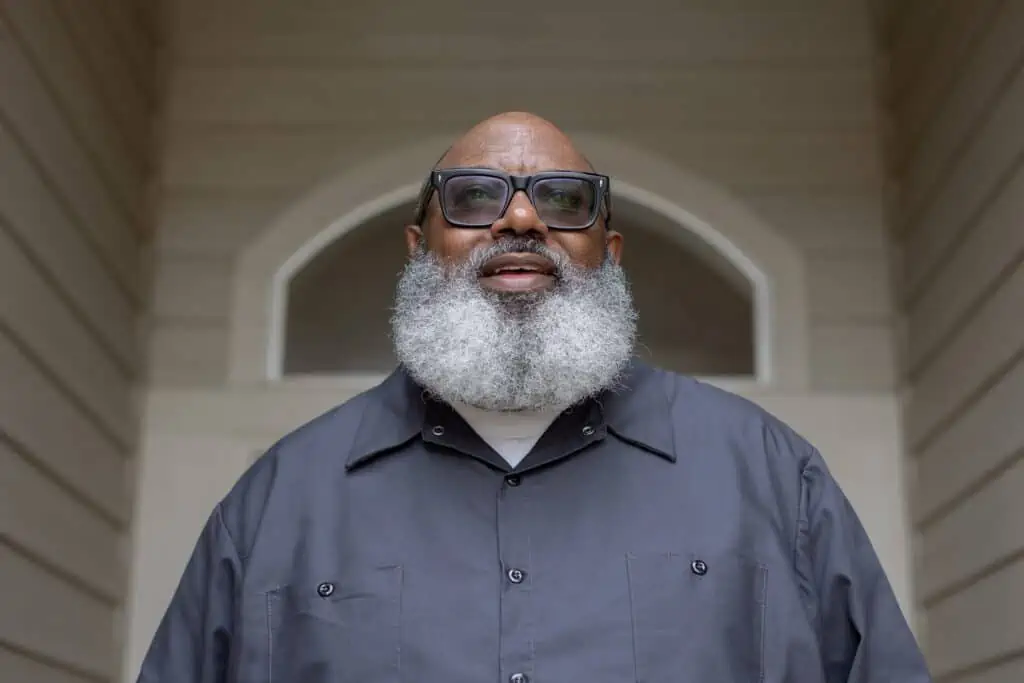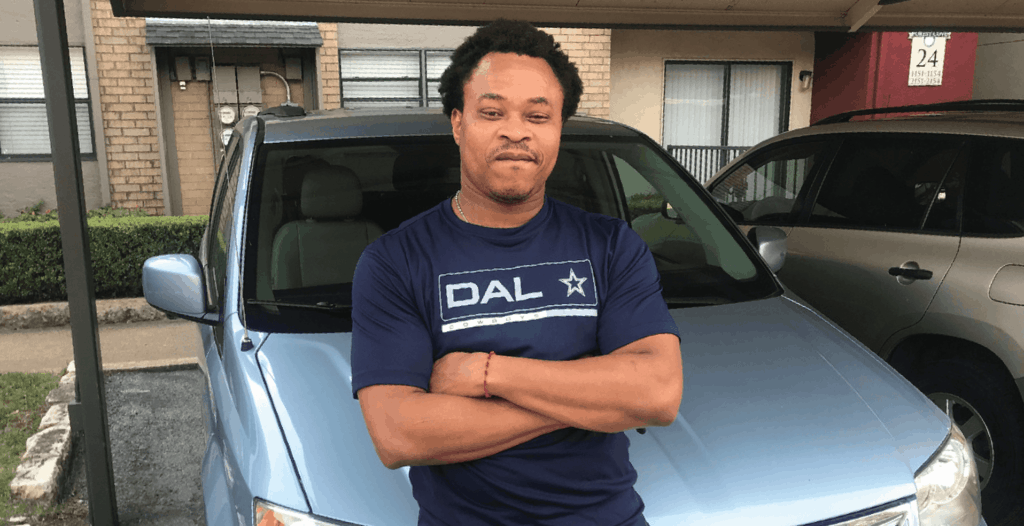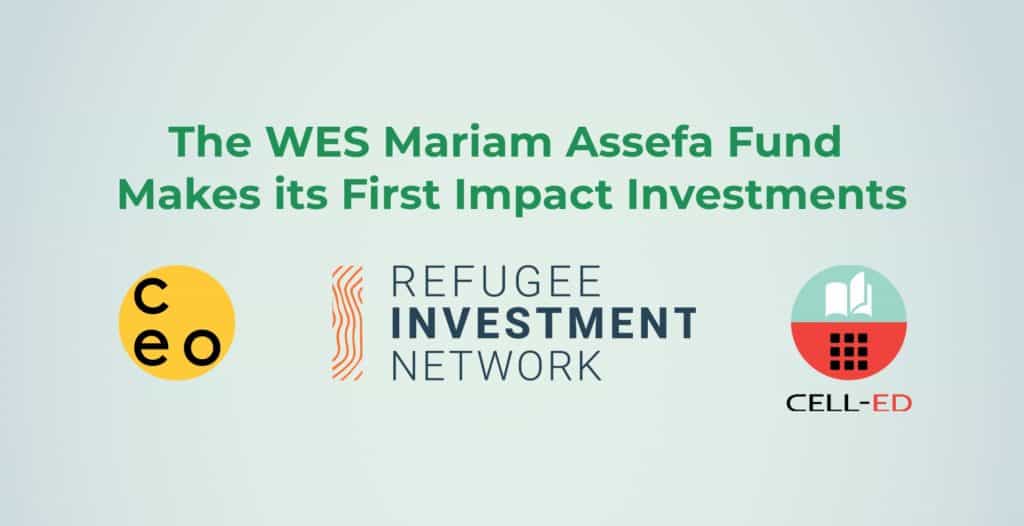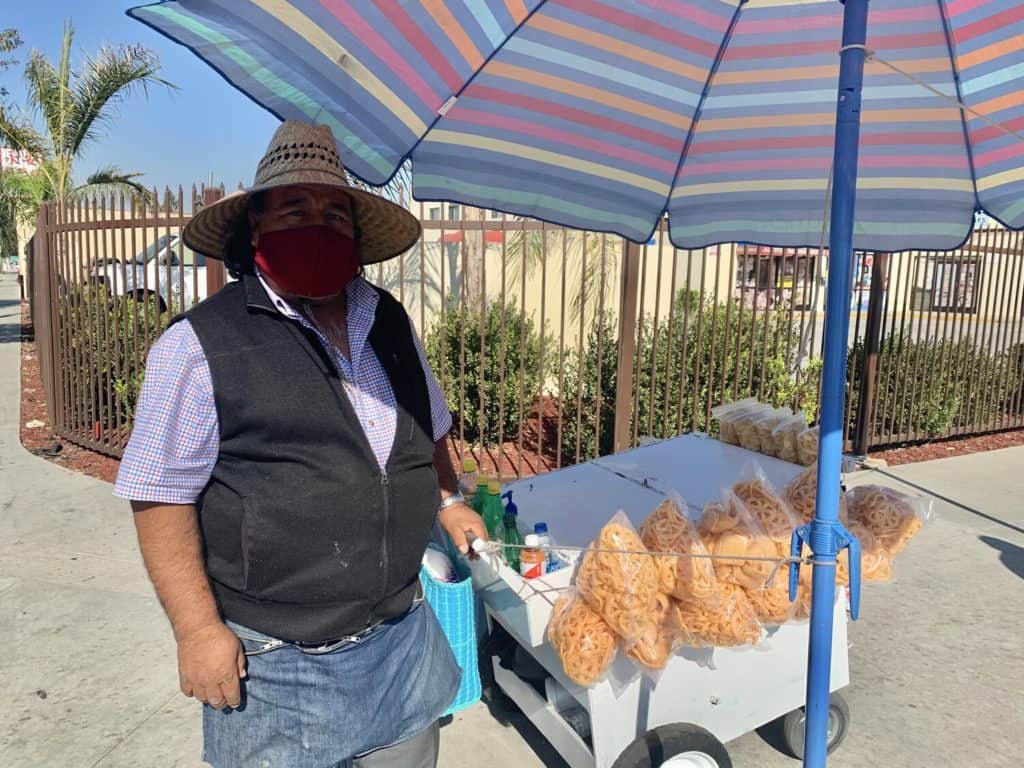Tips for Funders Beginning Their Participatory Investing Journey
This piece is co-authored by Smitha Das and Katheryn Witt and is the result of a partnership between the WES Mariam Assefa Fund and Common Future.
In March 2022, Common Future launched the Action Lab: Participatory Investing, a partnership with the WES Mariam Assefa Fund. The Action Lab is a 12-month initiative in which funders are learning about, experimenting with, and co-creating new models and strategies for participatory investing within their own institutions and through a collaborative fund.
Over the last six months, we’ve been learning from others that have integrated participatory practices. We’ve heard from leaders like Shari Davis of the Participatory Budgeting Project, Curt Lyon from Transform Finance, Nwamaka Agbo and Lynne Hoey from the Kataly Foundation, Joanna Cea of the Thousand Currents Buen Vivir Fund and co-author of Beloved Economies, and Leslie Lindo from the Olamina Fund. We’ve been learning from their experiences and building a framework for the nascent field of participatory investing within institutions.
Where Should You Start?
The learnings below are common threads we have identified from participatory strategies. These cumulative insights are foundational pieces to starting participatory investing work within an institution.
1. Institutions must have the culture and values necessary for this work. Integrating participatory practices and strategies into investments takes time, intention, flexibility, and ultimately a mindset shift. A culture that centers equity and recognizes the importance of experimentation is necessary for this work. Kataly’s Restorative Economies Fund offers critical cultural elements funders should explore to take on participatory work, including:
- Engaging in ongoing learning opportunities to better understand philanthropy’s role in worsening wealth inequality.
- Understanding the importance of community ownership and governance as a critical strategy to addressing wealth inequality.
- Creating a culture of feedback and accountability with deep input from community leaders.
For institutions that understand the inextricable link between equity and power, have done the work to integrate equity into their culture, and are already shifting their investments into alignment with their mission, shifting ownership and power over investment decisions is a natural next step.
The Restorative Economics framework is rooted in a commitment and recognition that we need to reinvest back into communities that have been extracted from, and have been harmed, and do so in a way that starts to repair and heal the relationship to capital, to money, and to each other. It is about understanding that philanthropy can and should be doing better.Nwamaka Agbo, CEO of the Kataly Foundation
2. Once there is cultural buy-in, it is critical to develop a shared language and understanding of participatory investing. Early on, cohort members went through an intentional exercise to define both ‘participatory’ and ‘investing’ in the context of their institutions. This helped organizations identify and name the power dynamics they seek to shift, community stakeholders they seek to engage, and types of capital they seek to activate (e.g., endowment capital, catalytic capital) through participatory investing. “This exercise sparked important conversations helping us identify which power structures we seek to dismantle through this work, and create a culture of honesty, understanding, and a space for change.” Once developed, this shared definition can be a helpful tool for orientation and onboarding new participants and transforming institutional practices.
To facilitate and advance these conversations in the field, our cohort collectively developed a definition for participatory investing: “An investing approach that ensures communities who have been historically excluded and harmed by existing investment structures hold power and ownership over capital strategy, design, implementation, and outcomes.” We hope others can build on this definition and customize it to the context of their community and institution.
3. For participatory investing to work, it must be participatory in establishing roles, responsibilities, and power. That means understanding what capacity exists on the community side and the foundation side. Trust takes time to build and work to maintain, but is a critical piece to ensuring a participatory process is equitable. Community members don’t always want to be in the weeds on a particular project or initiative, especially when those weeds are ones that the foundation has the capacity to address. Foundations must shift power to the community, but that doesn’t mean relinquishing responsibility for the types of power—structural, financial, social, etc.—that they possess. Rather, it means working with the community to discern where they would like to participate, and where they would prefer the foundation doing the work.
This can look like community members setting the overarching goals or priorities of a particular pool of investment capital, but not reviewing balance sheets for potential investments.
It’s the responsibility of the funder to understand where and how the community wants to be involved—and to compensate them for the time and energy asked of them.
Unfortunately, sometimes when funders think of ceding power, they conflate it with doing less, because that can feel like empowering community members and removing themselves from decision. As the organization with relatively more power, it’s not enough to sit back, listen, and observe. Funders can bring their strengths, resources, and privileges to bear with humility, as they try to actively support and unburden already overworked community leaders.
Eric Horvath, director of capital strategies at Common Future
4. Funders don’t have to make everything participatory all at once. A step in the right direction is better than doing nothing at all. Funders should choose a meaningful, non-trivial process where they’d like to incorporate participatory practices and shift power to the community. These pilots can look like a community advisory council for Mission Related Investments (MRIs) or Program Related Investments (PRIs) or the restructuring of an investment committee to include community leaders.
These provide great opportunities to experiment, test the effectiveness of strategies, and see what can be improved—with the end goal of learning, iterating, integrating, and expanding. Furthermore, pilots can serve as proof points for additional shifts to skeptical stakeholders. The best way to convince a skeptic is with an example of something that’s working.
Wherever you start, there will be a communication flow that tells the institution where people are interested in learning and making decisions. You don’t have to come up with all of those pieces to start–you can ask questions, listen, and build a plan towards that.
Shari Davis, co-executive director of Participatory Budgeting Project
What’s Next for Us
Participatory investing is a new and emerging field, and there’s much to learn. We’re asking questions like: how does an institution select a community that will participate in decision-making processes? And how can institutions provide the necessary resources and capacity building tools for communities to be able to fully participate in investment decision-making processes? Here’s what’s next for the Action Lab:
- Each participating institution is developing action-projects that integrate participatory investing strategies and practices into their organization. Thus far, they include variations of community advisory committees and redesigns of investment policy statements. Institutions will make meaningful progress before the end of the initiative in spring 2023, and will continue moving their projects forward after with support from the connections, learnings, and resources from the cohort.
- A new $175,000 experimental fund will allow us to co-create new participatory investment governance and capital allocation structures, models, and practices. This work will be led by four practitioners working at the intersection of health equity and economic equity: Jen Lewis-Walden (Shift Health Accelerator & Building Healthy Places Network), Jessyca Dudley (Bold Ventures LLC), Lisa Richardson (Shift Health Accelerator), Sean Campbell (Capital for Communities). The decision-making structures will be developed before the end of 2022, with capital allocation decisions coming in the beginning of 2023. The capital will be deployed by mid 2023.
- The Action Lab is collaboratively building a framework for participatory investing within institutions. We’ll be hosting a call for interested funders to support us in workshopping this framework in December, and plan to publicly release the framework in 2023. If you are interested, please reach out to Katheryn Witt at [email protected].




